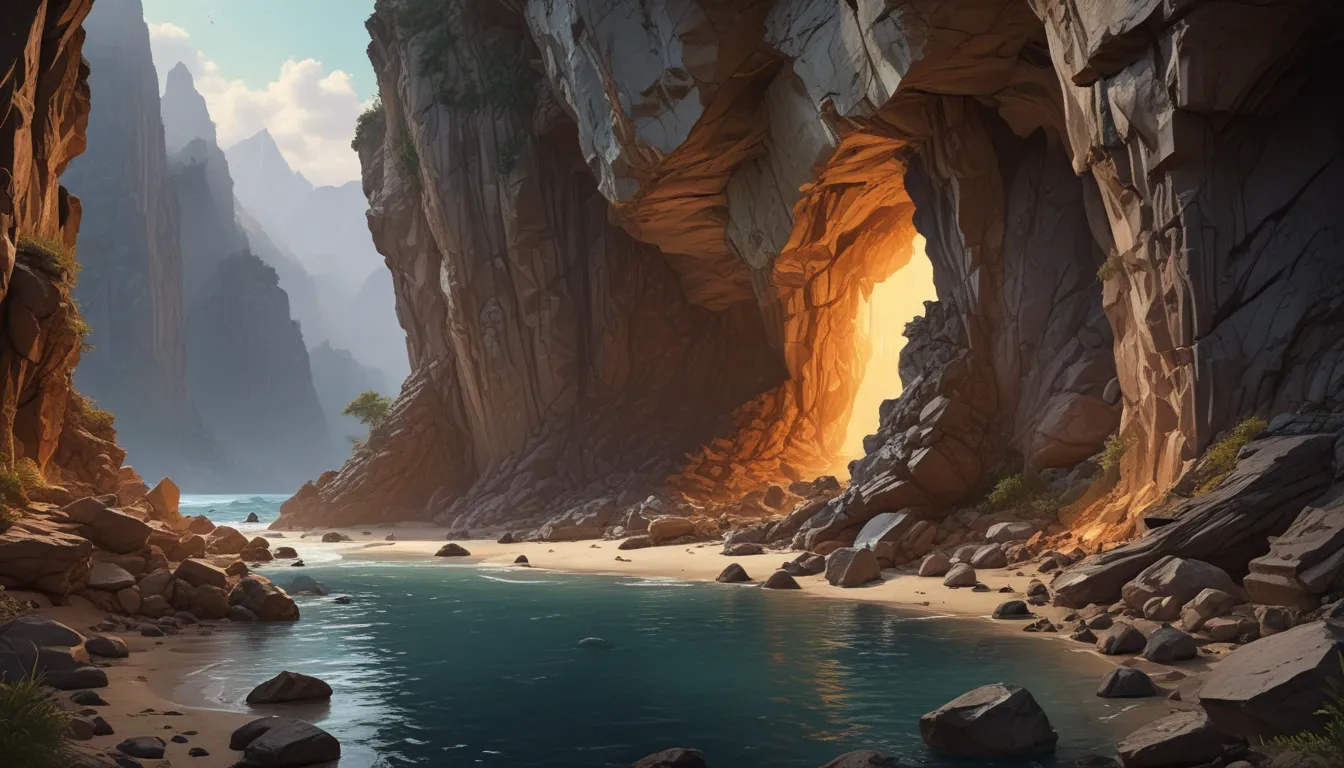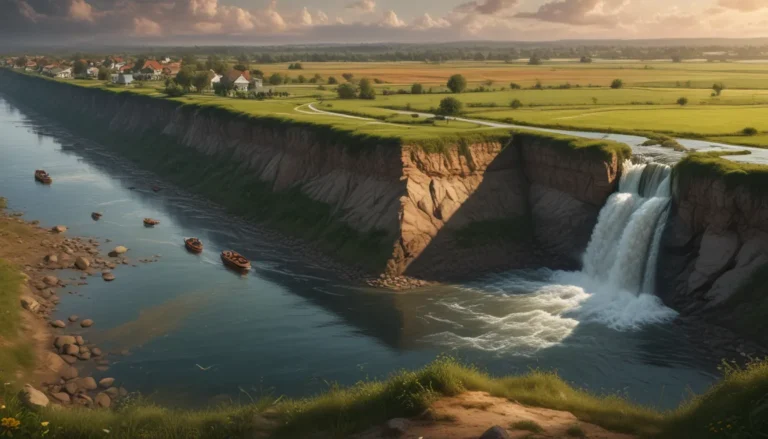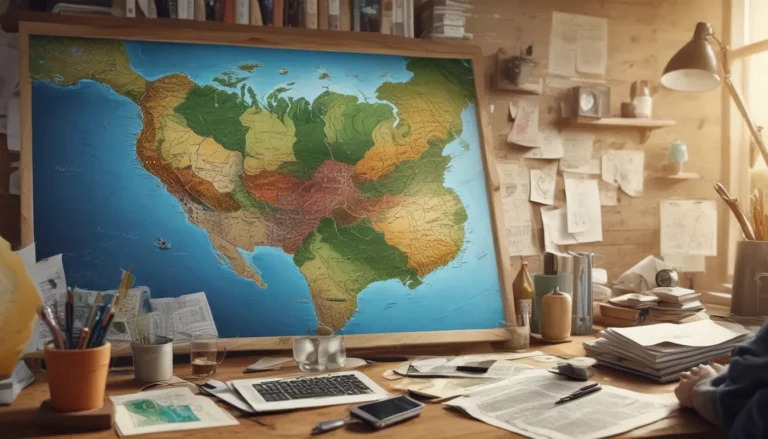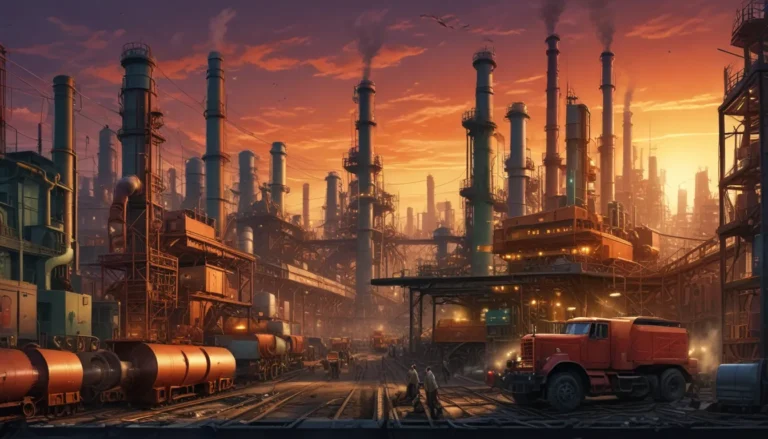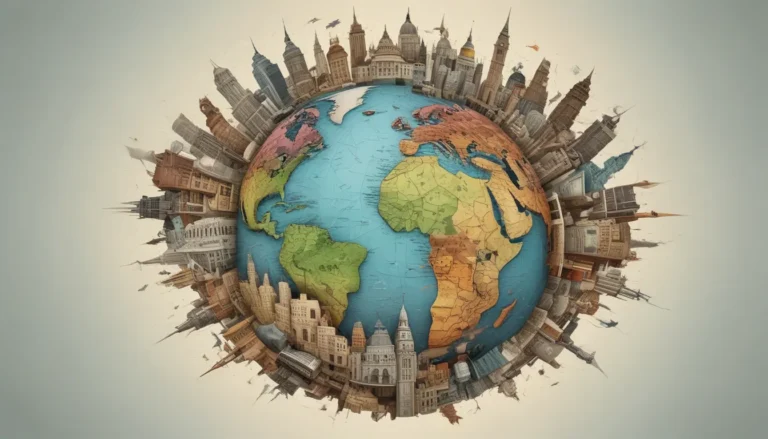A Note About Images: The images used in our articles are for illustration purposes only and may not exactly match the content. They are meant to engage readers, but the text should be relied upon for accurate information.
If you’re someone intrigued by the mysteries of our planet’s geological features, fracture zones are bound to captivate your curiosity. These dynamic areas of intense seismic activity are where tectonic plates interact, shaping the Earth’s surface in profound ways. From supporting unique marine life to offering insights into Earth’s geological history, fracture zones are a subject of fascination for both geologists and the curious minds alike.
Delving Deeper into Fracture Zones
Let’s embark on a journey to unravel the secrets of fracture zones and explore 11 intriguing facts that shed light on these captivating geological wonders.
The Role of Fracture Zones as Tectonic Boundaries
Fracture zones are not just random occurrences; they hold a crucial position as tectonic boundaries where intense seismic activities take place. These zones are primarily located along the boundaries of oceanic plates and are often characterized by deep ocean trenches.
Formation Through Transform Faults
The formation of fracture zones can be attributed to transform faults, which result from the lateral movement of tectonic plates. These faults allow for horizontal displacement, and the resulting fracture zones can extend for thousands of kilometers.
Seismic Activity and Earthquakes
Due to the intense tectonic activity present in fracture zones, they are susceptible to earthquakes. These earthquakes can vary in magnitude and have the potential to cause significant damage and even trigger tsunamis.
Unique Marine Ecosystems
Fracture zones create diverse habitats for marine life, supporting a myriad of organisms. From deep-sea fish to corals, these ecosystems thrive in the nutrient-rich waters present in fracture zones, adapting to extreme conditions over time.
Valuable Research Opportunities
Scientists utilize fracture zones as natural laboratories to gain insights into plate tectonics, earthquake dynamics, and the geological history of Earth. By studying these zones, researchers can unearth valuable information about the processes that shape our planet.
Influence on Oceanic Circulation Patterns
The presence of fracture zones can significantly impact ocean currents, leading to changes in global circulation patterns. These zones can create barriers or channels that alter the flow of water, ultimately affecting climate systems on a global scale.
Association with Hydrothermal Vents
Hydrothermal vents, rich in minerals and chemicals, are often found in fracture zones. These vents support unique ecosystems and have piqued the interest of scientists exploring the possibility of extraterrestrial life.
Role in Mineral Deposits Formation
Fracture zones act as conduits for mineral-rich fluids, contributing to the formation of valuable mineral deposits such as gold, silver, and copper. These deposits play a crucial role in driving mining activities.
Historical Seafloor Spreading Insights
By studying fracture zones, scientists can gain valuable insights into the historical process of seafloor spreading and the movement of tectonic plates over time. This information provides essential evidence for the plate tectonics theory.
Ever-Evolving Nature of Fracture Zones
Fracture zones, like the Earth’s crust, are in a constant state of evolution due to tectonic forces. By monitoring and researching these zones, we can better understand the dynamic processes that shape our planet’s landscapes and seafloor features.
Unraveling the Mysteries of Fracture Zones
These 11 intriguing facts about fracture zones showcase the incredible forces at work beneath our feet. From their impact on plate tectonics to their influence on marine ecosystems, fracture zones continue to inspire awe and curiosity in those who seek to understand the geological wonders of our planet.
Keep Exploring, Keep Learning
As we continue to explore fracture zones around the world, new discoveries and advancements in our understanding of the Earth’s interior are bound to unfold. Through research and exploration, we deepen our knowledge and appreciation for the dynamic processes that have shaped our planet over millions of years.
Frequently Asked Questions
- What exactly is a fracture zone?
-
A fracture zone is a linear oceanic feature characterized by a series of faults and fractures that occur along the boundary of tectonic plates.
-
How are fracture zones formed?
-
Fracture zones are formed as a result of the stress and movement between tectonic plates. These stressors cause the crust to crack and form faults, creating distinct fracture zones.
-
Are fracture zones dangerous?
-
While fracture zones themselves are not dangerous, they can be associated with tectonic activities such as earthquakes and volcanic eruptions, which may pose risks to nearby areas.
-
Do fracture zones have any biological significance?
-
Yes, fracture zones are known to create unique habitats for marine organisms, supporting diverse ecosystems due to the presence of nutrients and hydrothermal vents.
-
Can fracture zones be explored?
-
Fracture zones can be explored using remote sensing technologies and deep-sea research vessels, allowing scientists to study the geological features and organisms associated with these zones.
-
Are all fracture zones located in the ocean?
-
While most well-known fracture zones are found in the ocean, there are also fracture zones on land that can be observed along fault lines, often associated with earthquakes.
-
How deep are fracture zones?
-
Fracture zones in the ocean can extend several kilometers below the water surface, while the depth of fracture zones on land varies depending on specific geologic conditions.
-
Can fracture zones be used as a source of natural resources?
-
Fracture zones can be rich in mineral deposits and other valuable resources, but extracting these resources from such deep and remote areas presents significant challenges.
-
Do fracture zones affect climate patterns?
-
While fracture zones themselves do not directly impact climate patterns, the volcanic activity associated with certain zones can release gases and aerosols into the atmosphere, potentially influencing climate.
-
Are all fracture zones connected?
- No, fracture zones are not always connected, and each zone is distinct with unique characteristics, although they may intersect or overlap in some cases.
-
Can fracture zones be used to study plate tectonics?
- Yes, fracture zones provide crucial evidence for studying plate tectonics as they offer insights into the movement and interaction of tectonic plates over time.
A Commitment to Quality and Authenticity
Our dedication to delivering trustworthy and engaging content is reflected in each fact we share. With contributions from real users and meticulous editing by our team, we ensure that every detail is not only fascinating but also credible. Explore and learn with us, trusting in our commitment to quality and authenticity as we delve into the wonders of fracture zones together.
